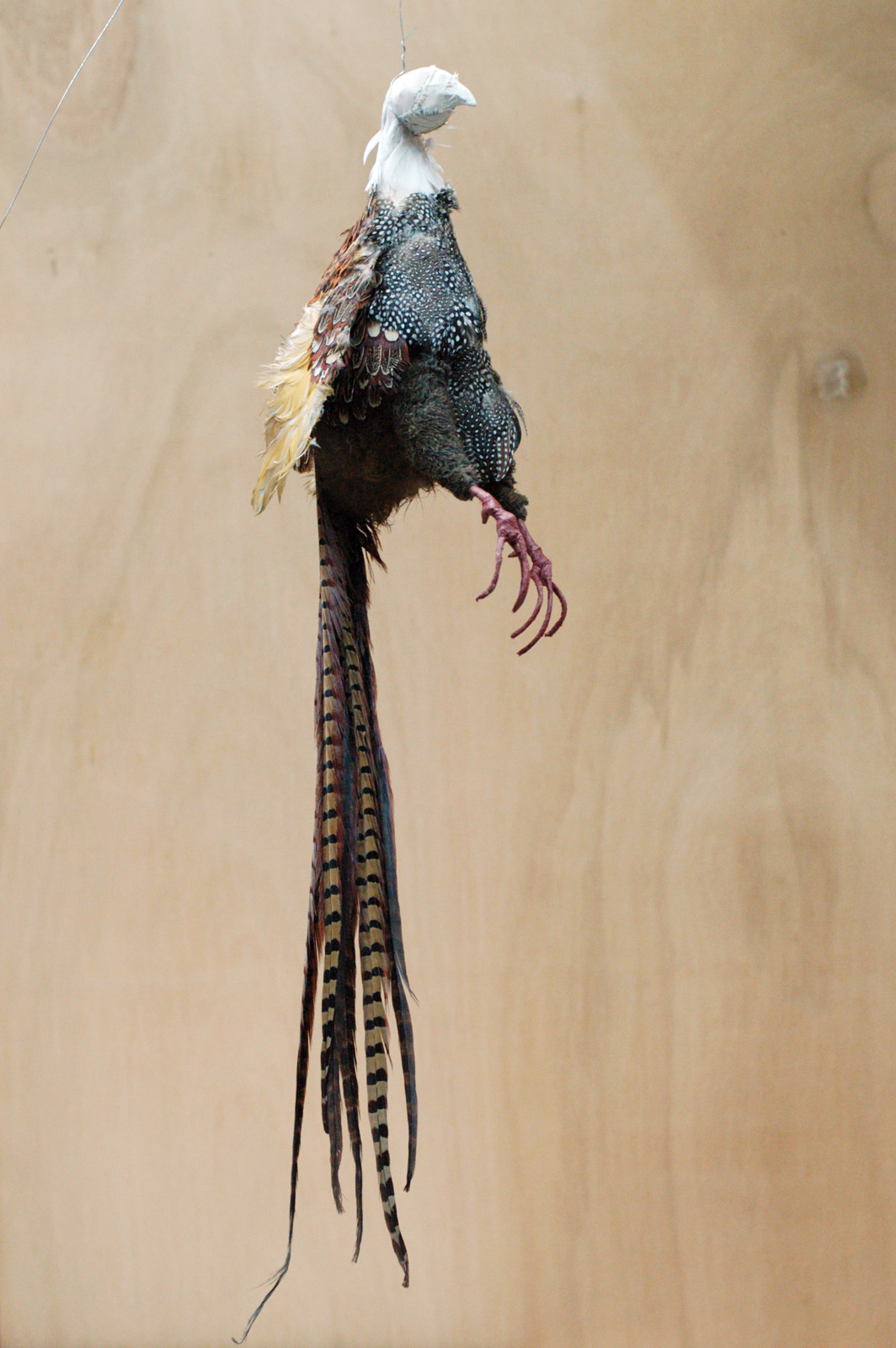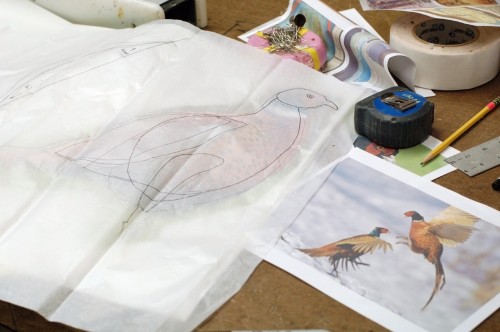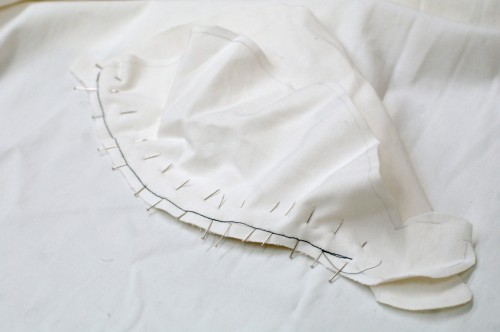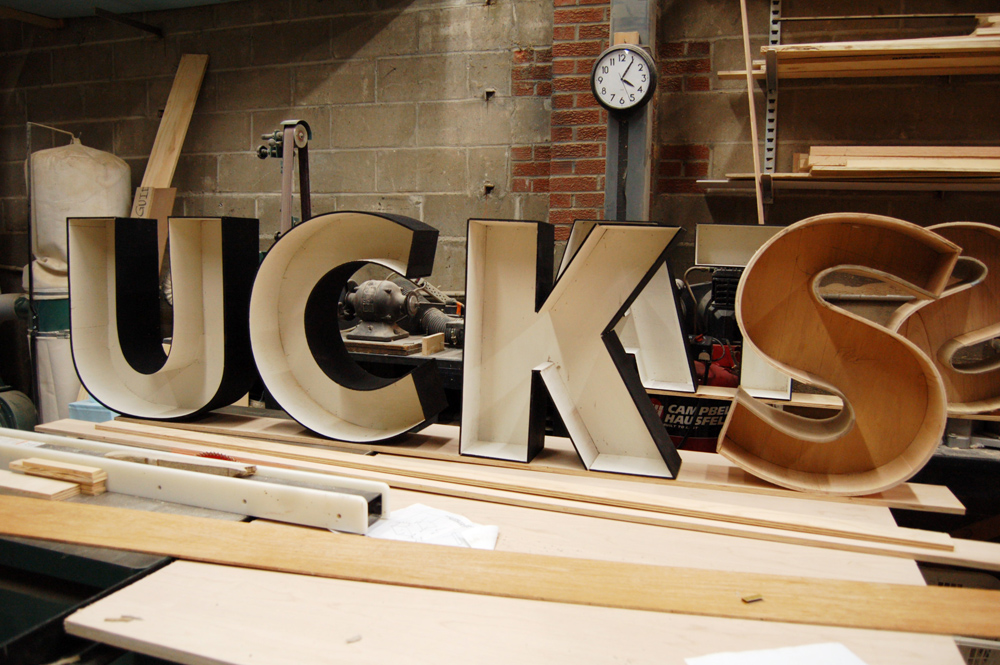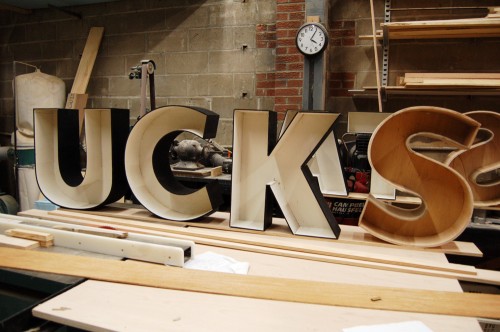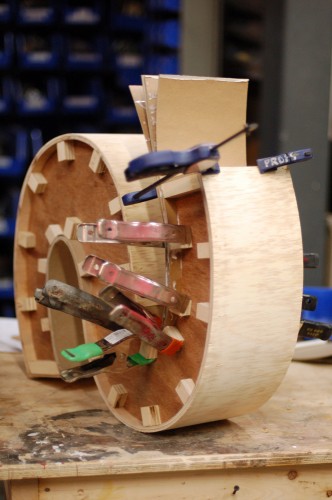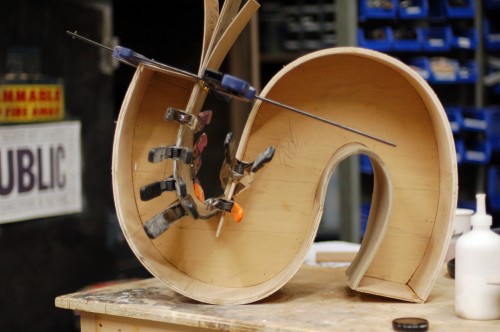Ok, this isn’t props, it’s models, but still pretty cool. Tested has a long profile on Greg Jein, one of the main model makers on Close Encounters of the Third Kind, 1941, and Star Trek. Despite advances in CGI, he is still going strong, working on new films such as Interstellar.
Propnomicon has a great history of adhesive plaster, the fix-it-all tape used before duct tape was invented. Besides the history lesson, he has some great photos of vintage packaging for the plaster.
Korwin Briggs has put together this fun and educational infographic on the gross and deadly history of color. He reveals the origins of many popular coloring agents, such as mummy brown (made from ground-up mummies) and ultramarine (crushed-up gemstones).
Make has a great round-up of five wood gluing tips. I’ve done the ol’ “nail the boards together before gluing them trick” but always thought I was somehow cheating. It’s good to know it’s an actual technique used by others. Not that you can actually “cheat” in props. If it lasts until the show closes, then it’s a good technique.

